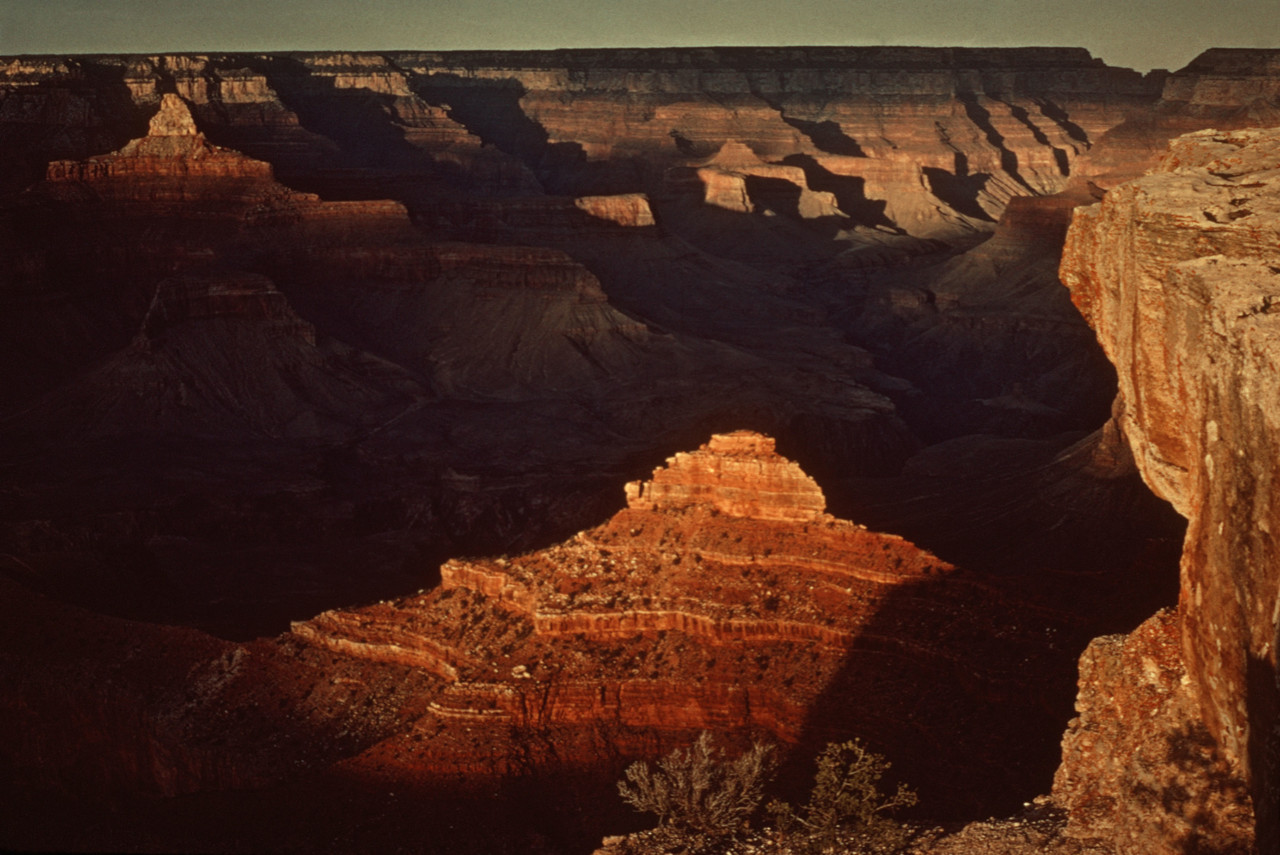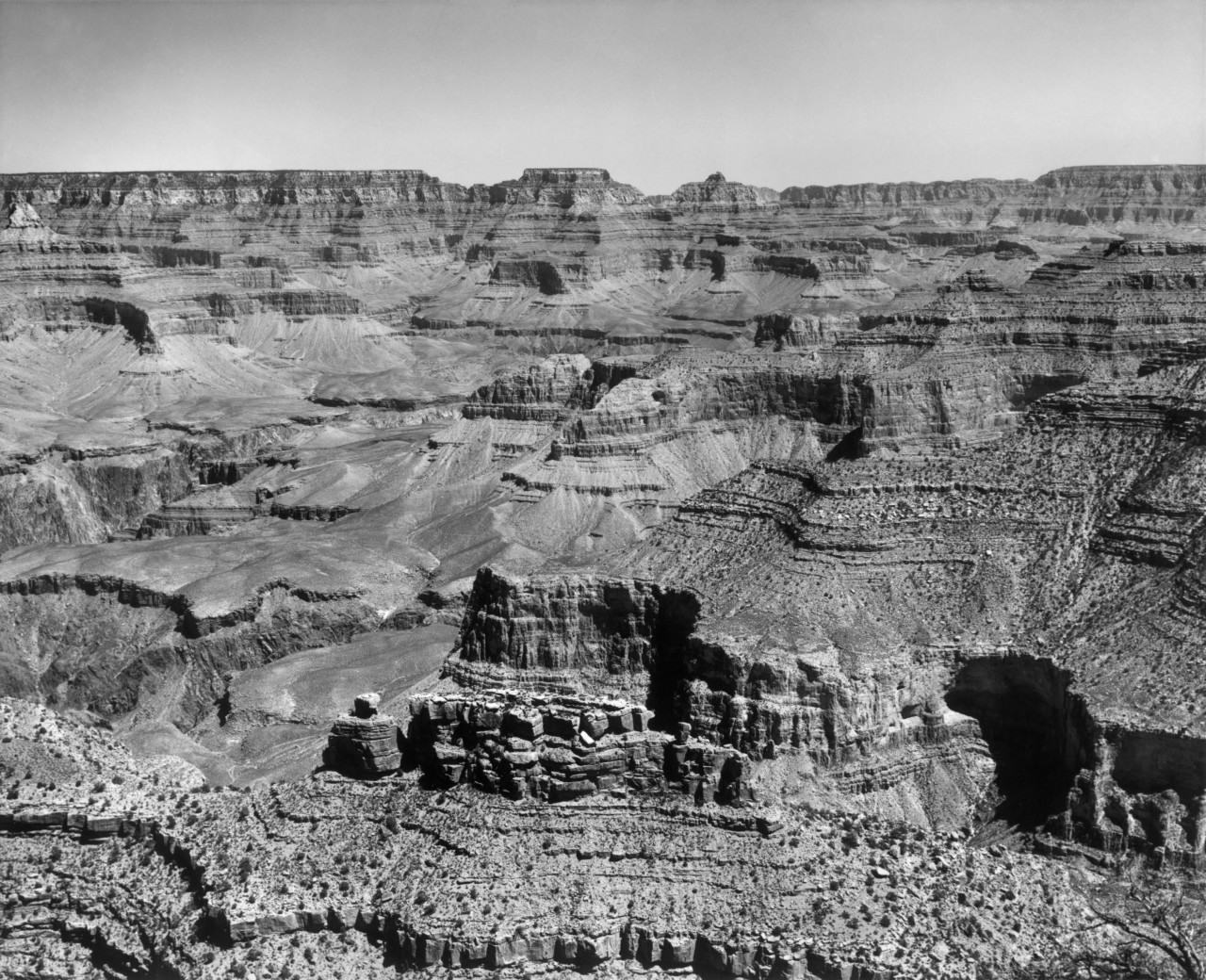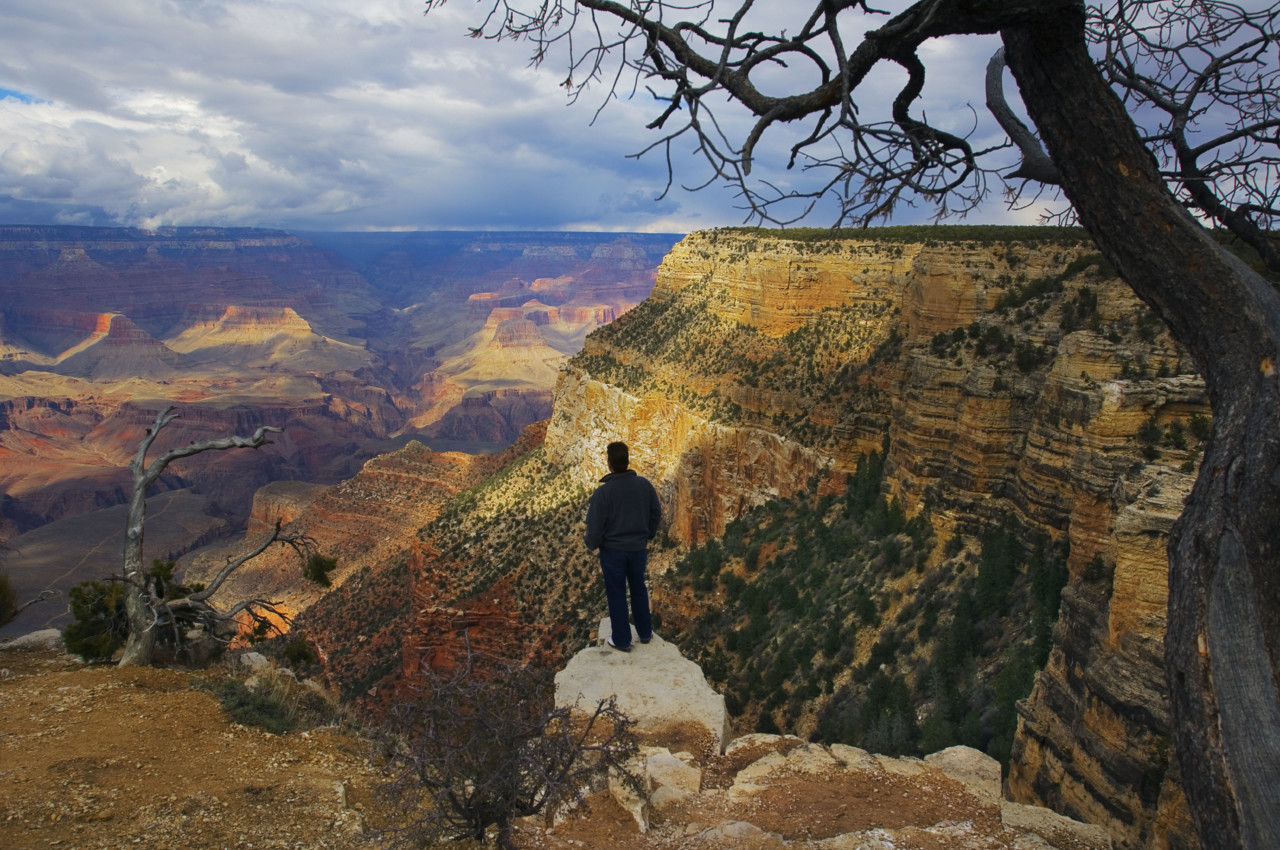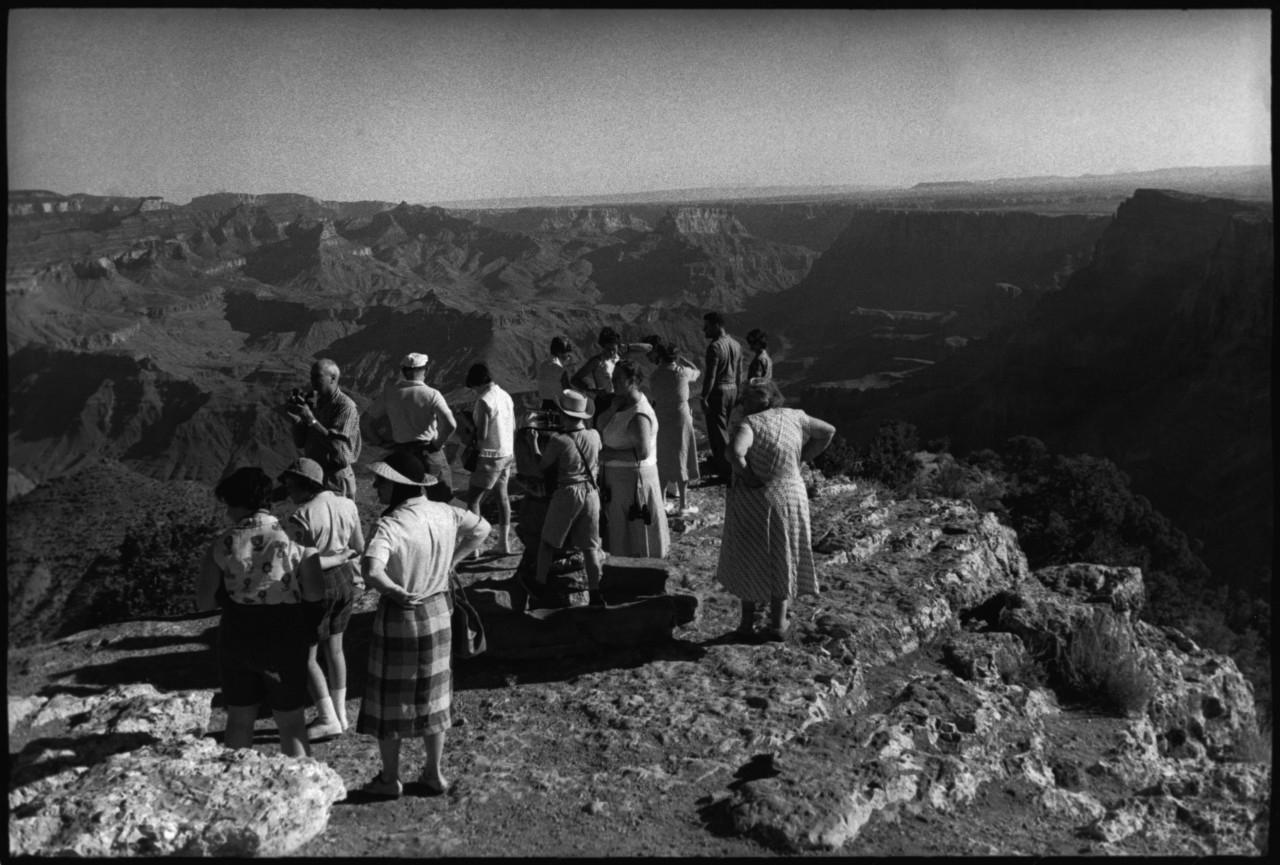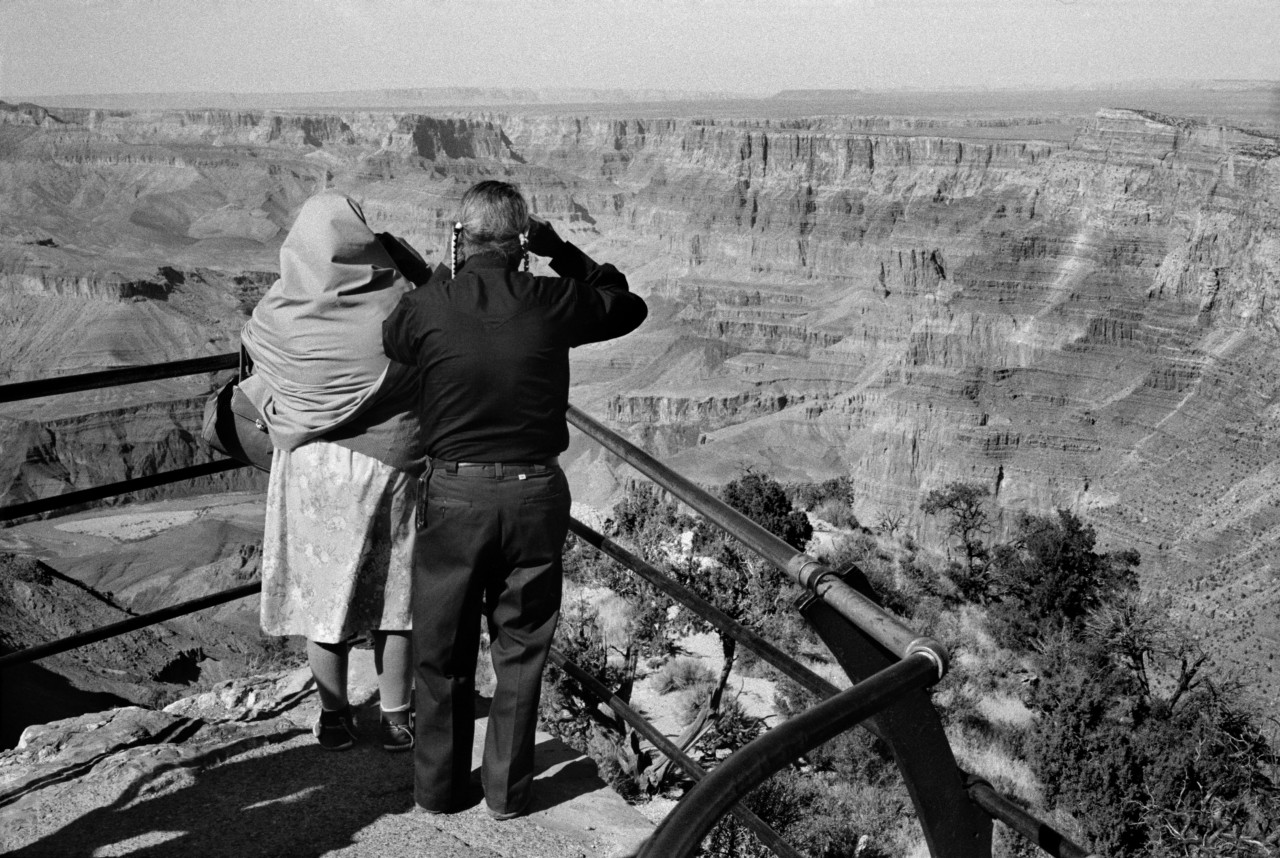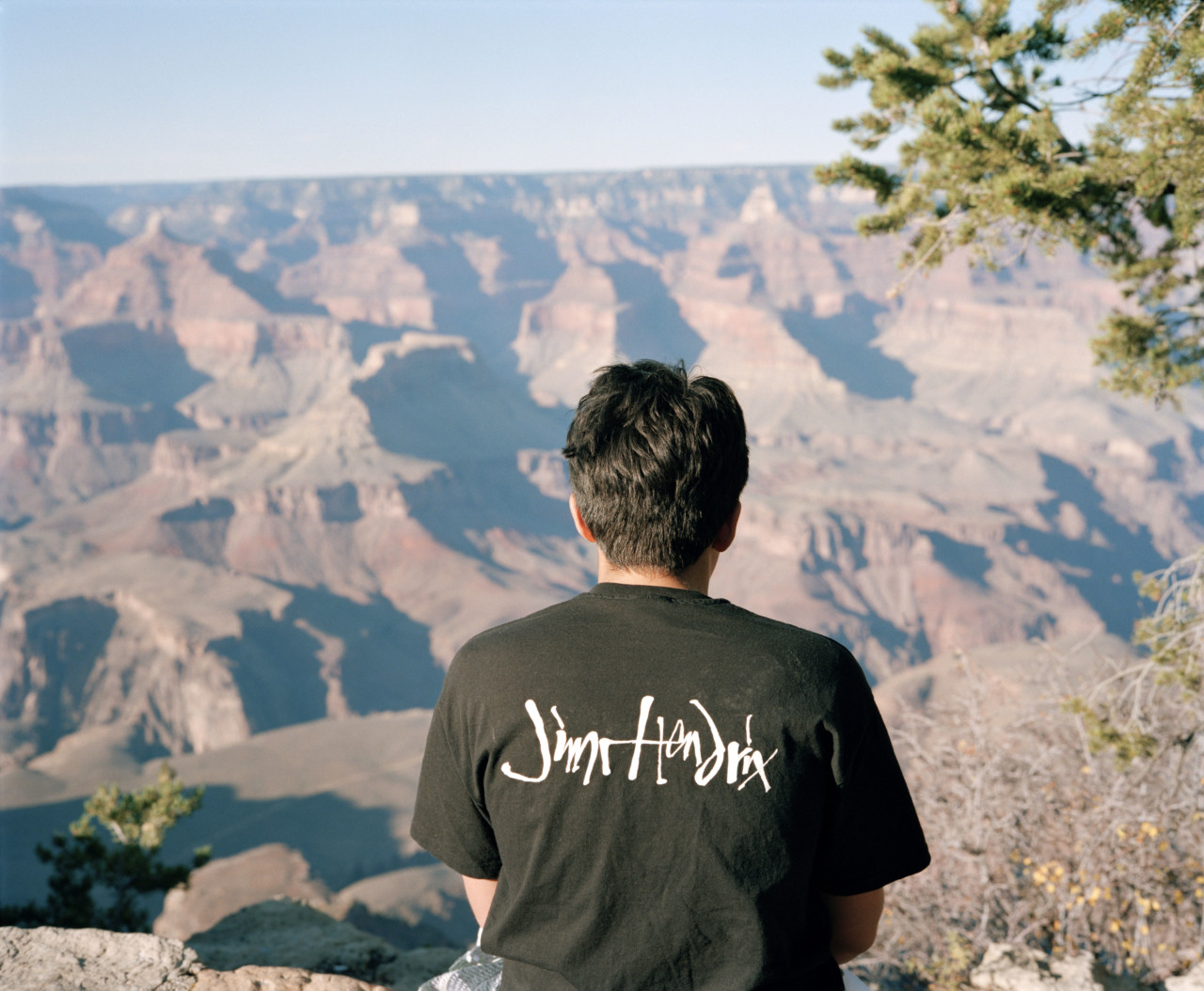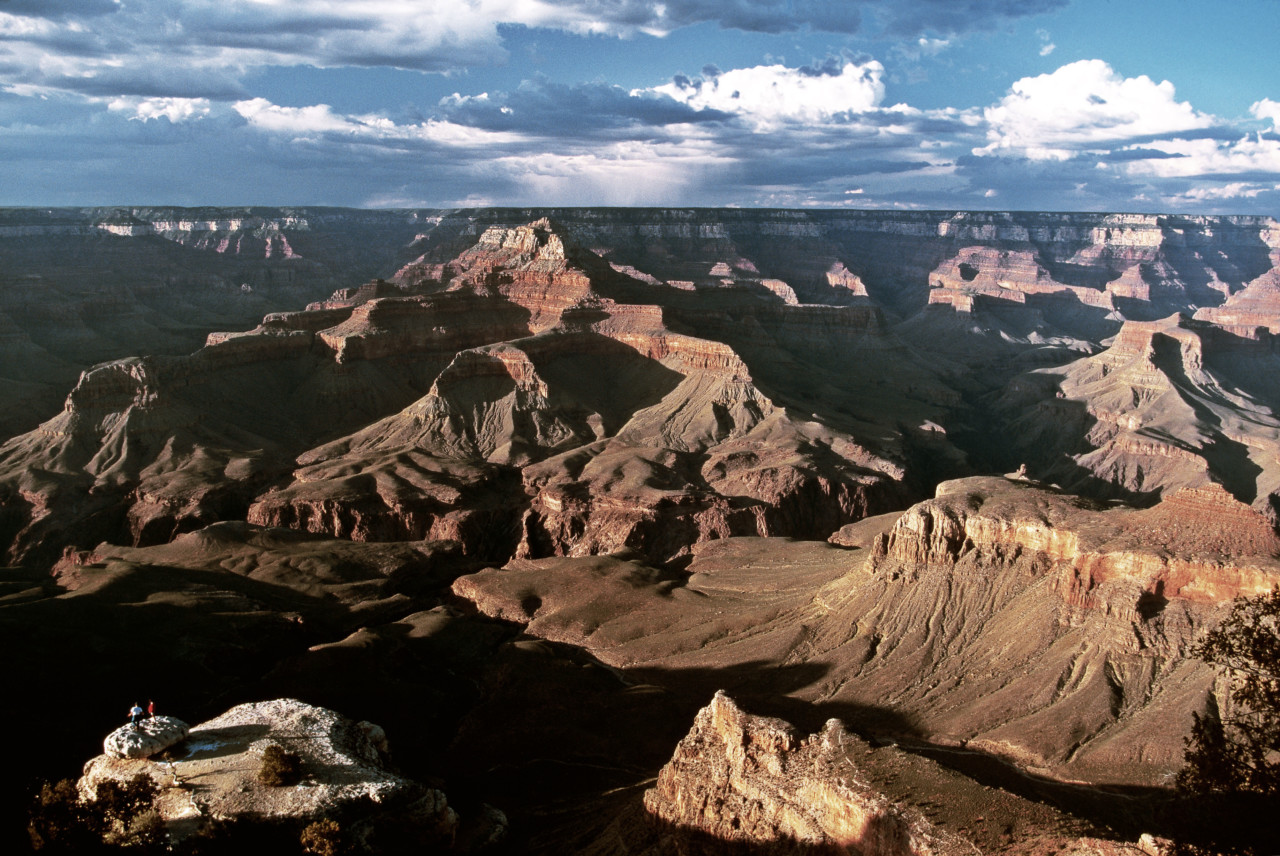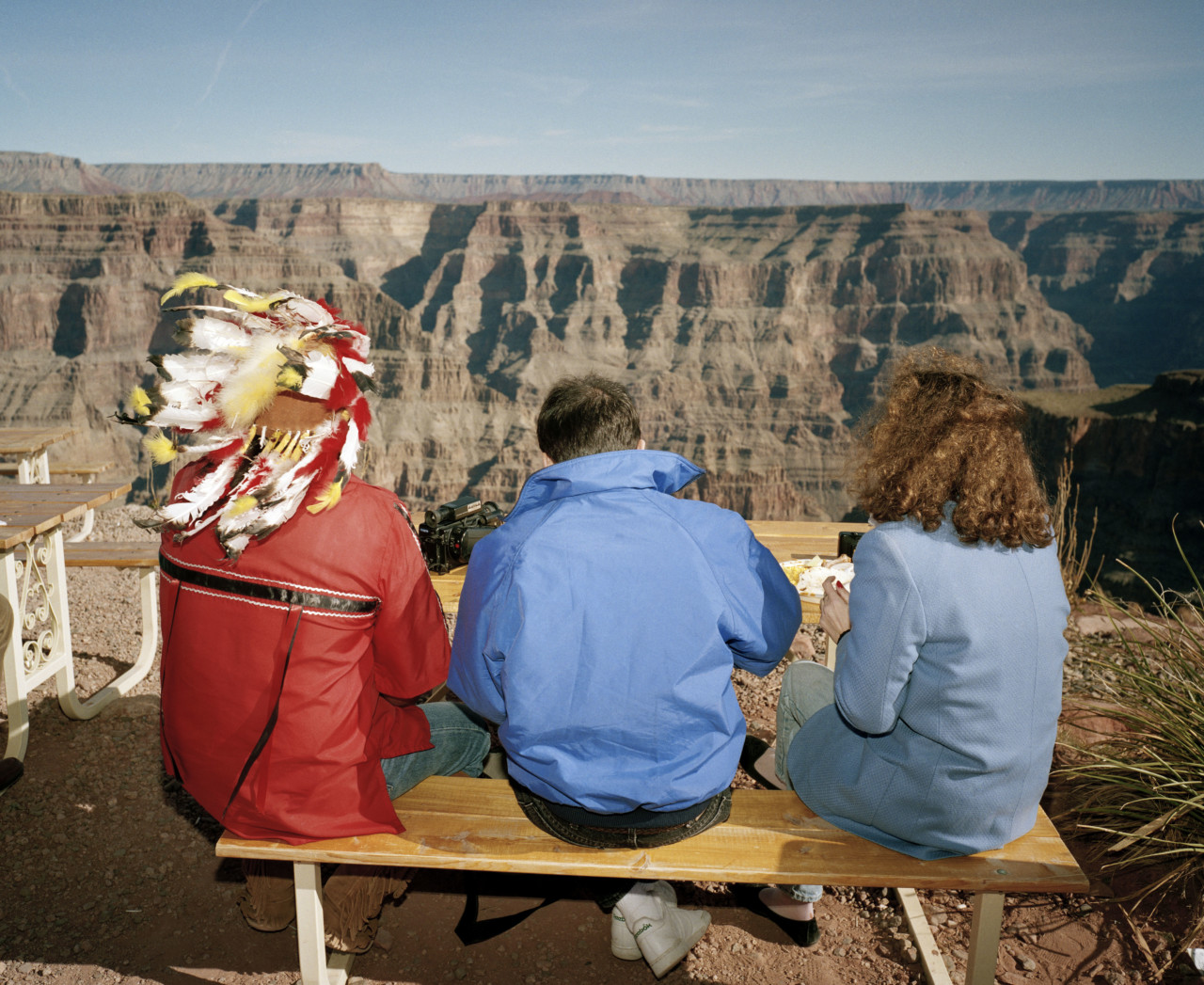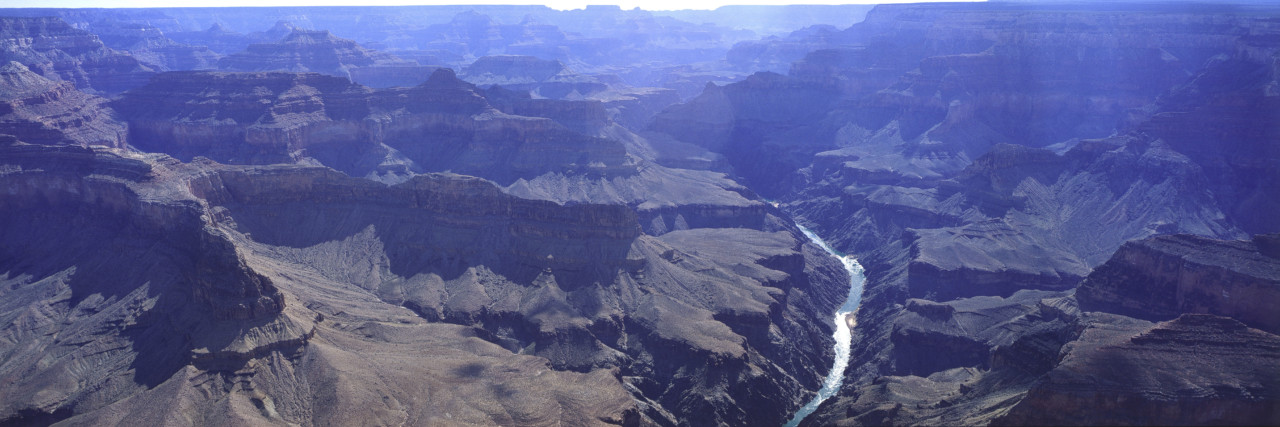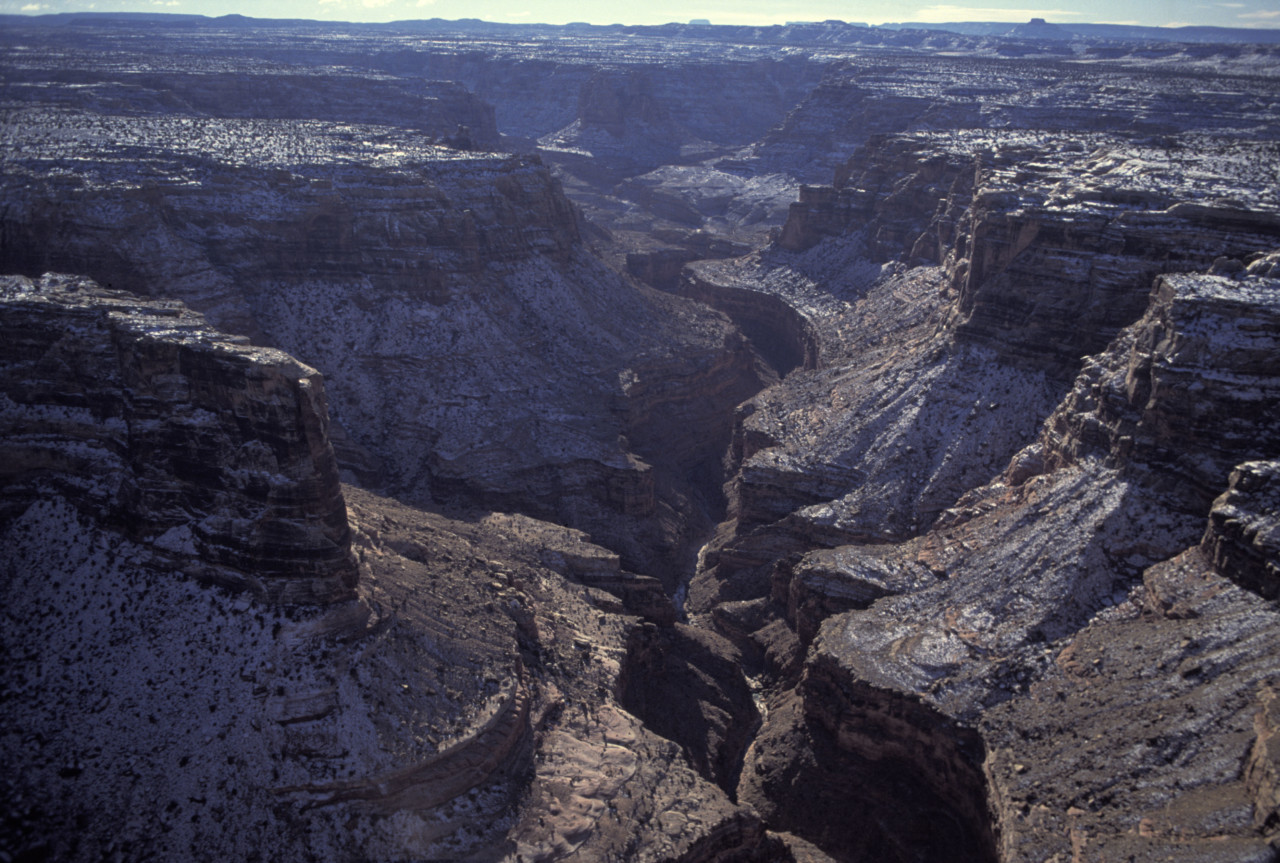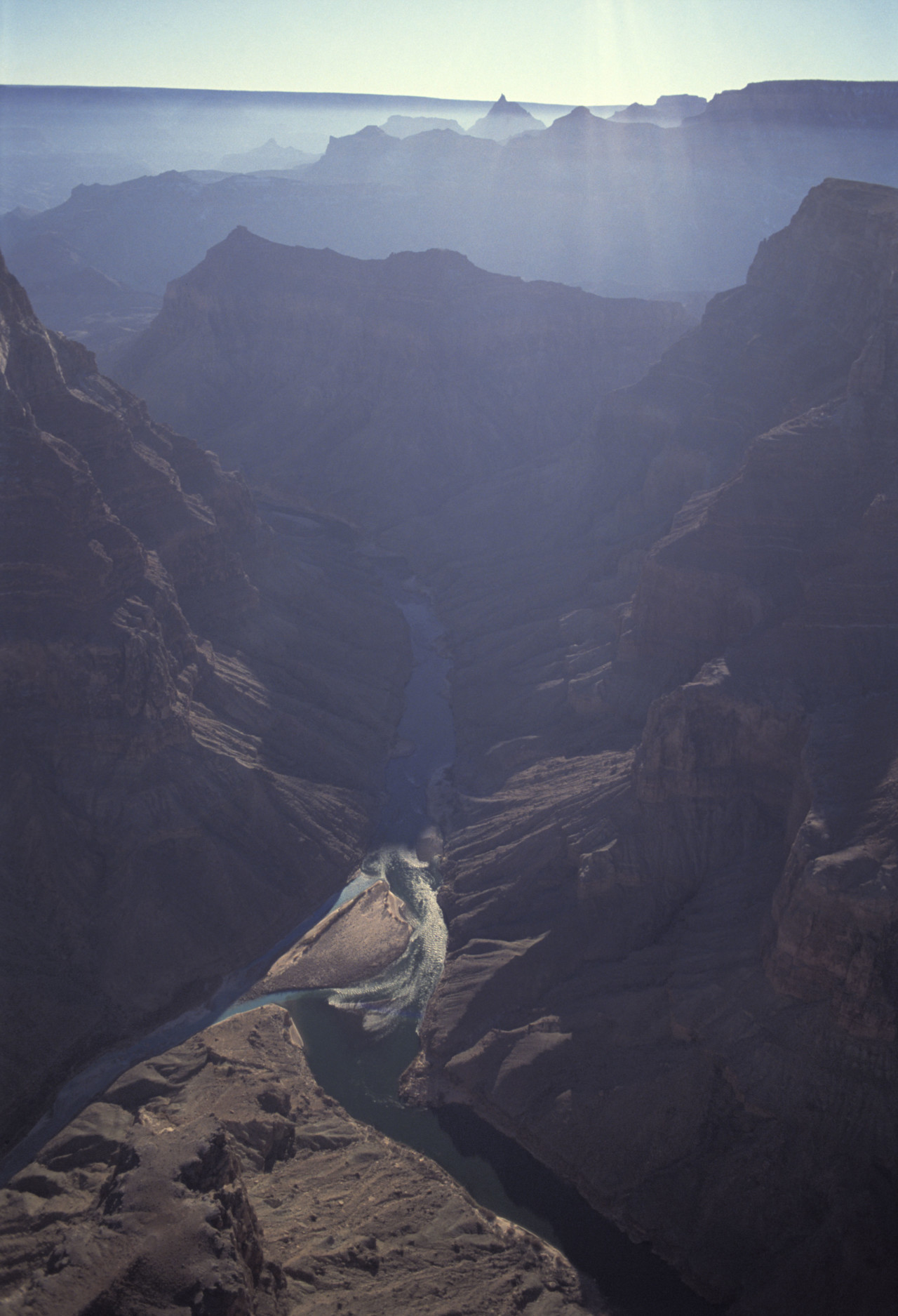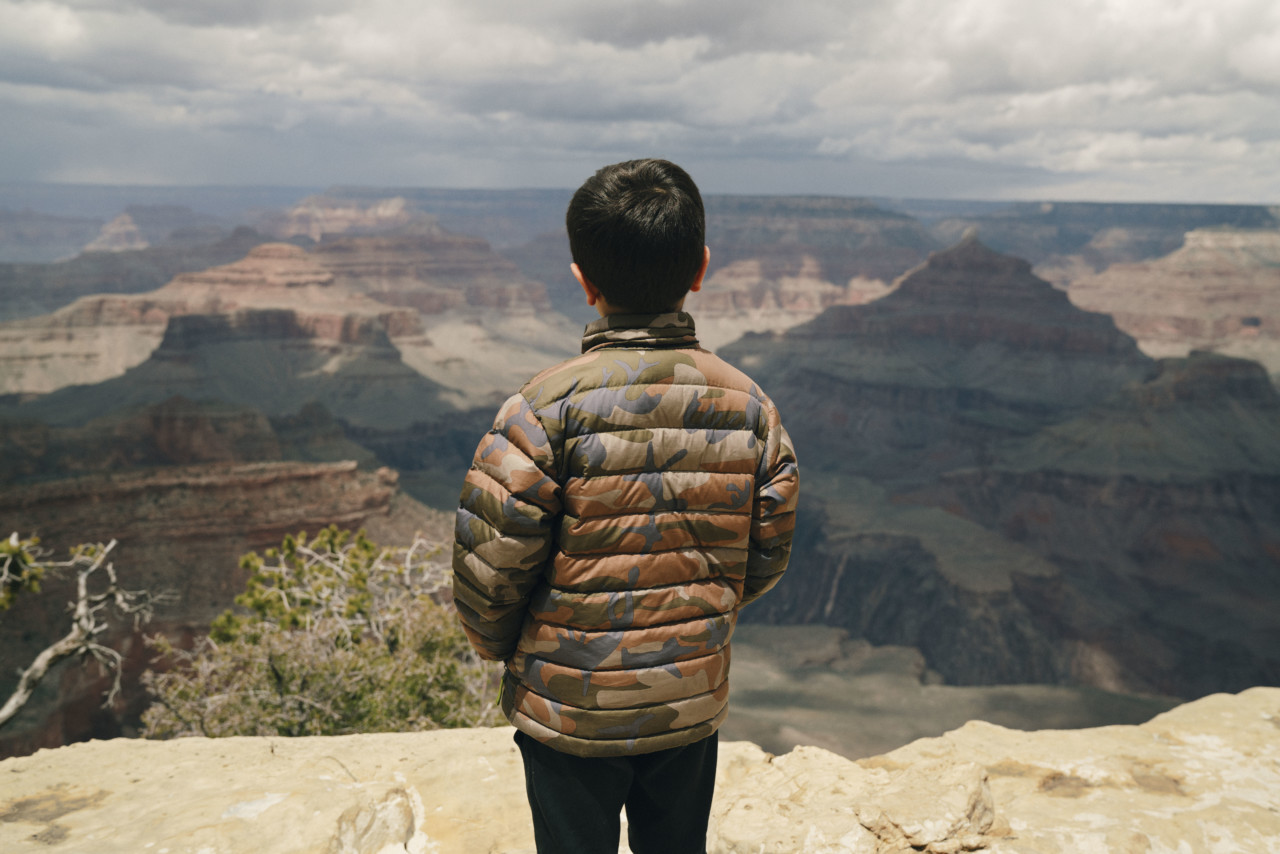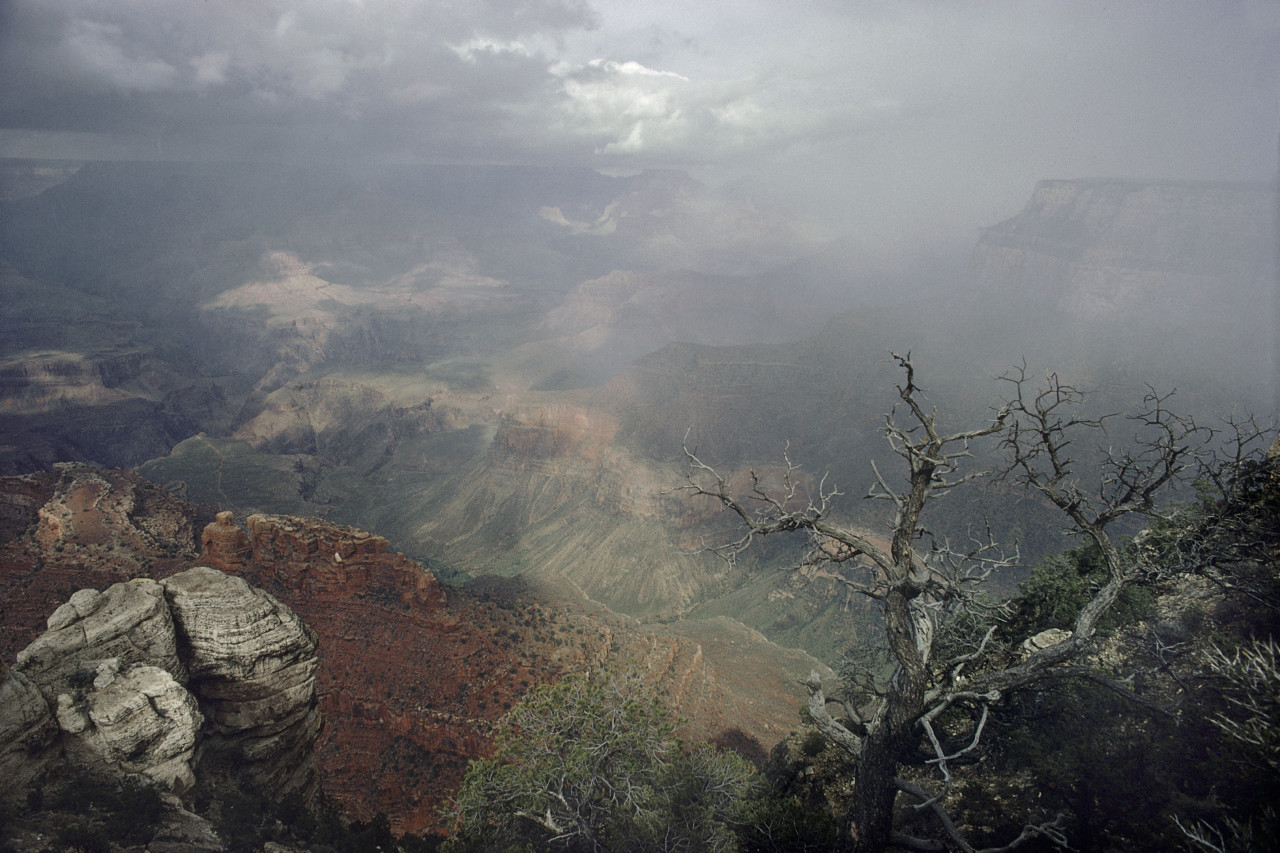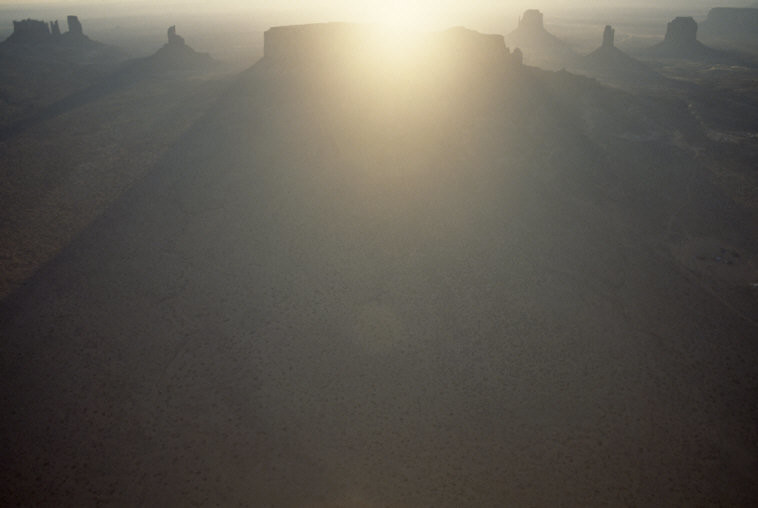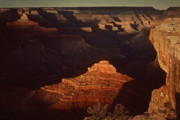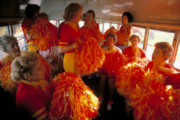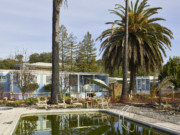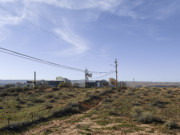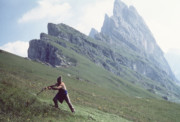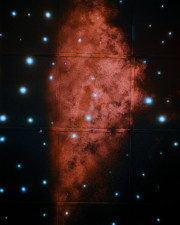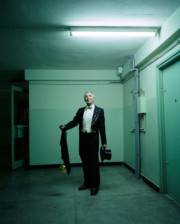Photographing The Grand Canyon
On the centenary of its establishment as a national park, we explore the Grand Canyon as captured by Magnum photographers
Magnum Photographers
The development of photography has been instrumental in the establishment and preservation of national parks as natural heritage in the United States. Images of parks and monuments exhibited in Congress initially consolidated their federal protection, while photographers like Ansel Adams promoted the preservation of the sites and made them known to the public. Increasingly, the circulation of ephemera, such as postcards and adverts featuring parks like the Grand Canyon, caught the imagination of potential visitors.
Driven by the automobile and telecommunications industries following World War II, tourists travelled to the parks in droves. The Grand Canyon had been designated to National Park status in 1919, three years after the National Park Service had been signed into law by President Wilson to “conserve the scenery and natural historic objects and the wild life therein.”
To accommodate its growing visitor base and as part of a New Deal policy to preserve the nation’s natural resources, the Grand Canyon created infrastructure to improve the visitor’s experience. Henri Cartier-Bresson, with Inge Morath as his assistant, stopped by the Canyon on a cross-country road trip in July 1960. The two photographers captured the vacationing middle-class looking out over the ledge, describing the phenomenon of tourism rather than the vistas, much like Martin Parr later would.
The Canyon’s panoramic views, light, shifting forms, shadows and colors are awe-inspiring. Spiritualist John Muir, a conservationist and early promoter of the National Park Service, recorded his perceptions of the Canyon in 1902: “It’s a hard job to sketch it even in scrawniest outline.” The camera has helped describe the sublimity of its landscape, illustrating the infinity of the rocky depths, the emptiness of its valleys, and the smallness of human life in the face of the Canyon’s enormity.


